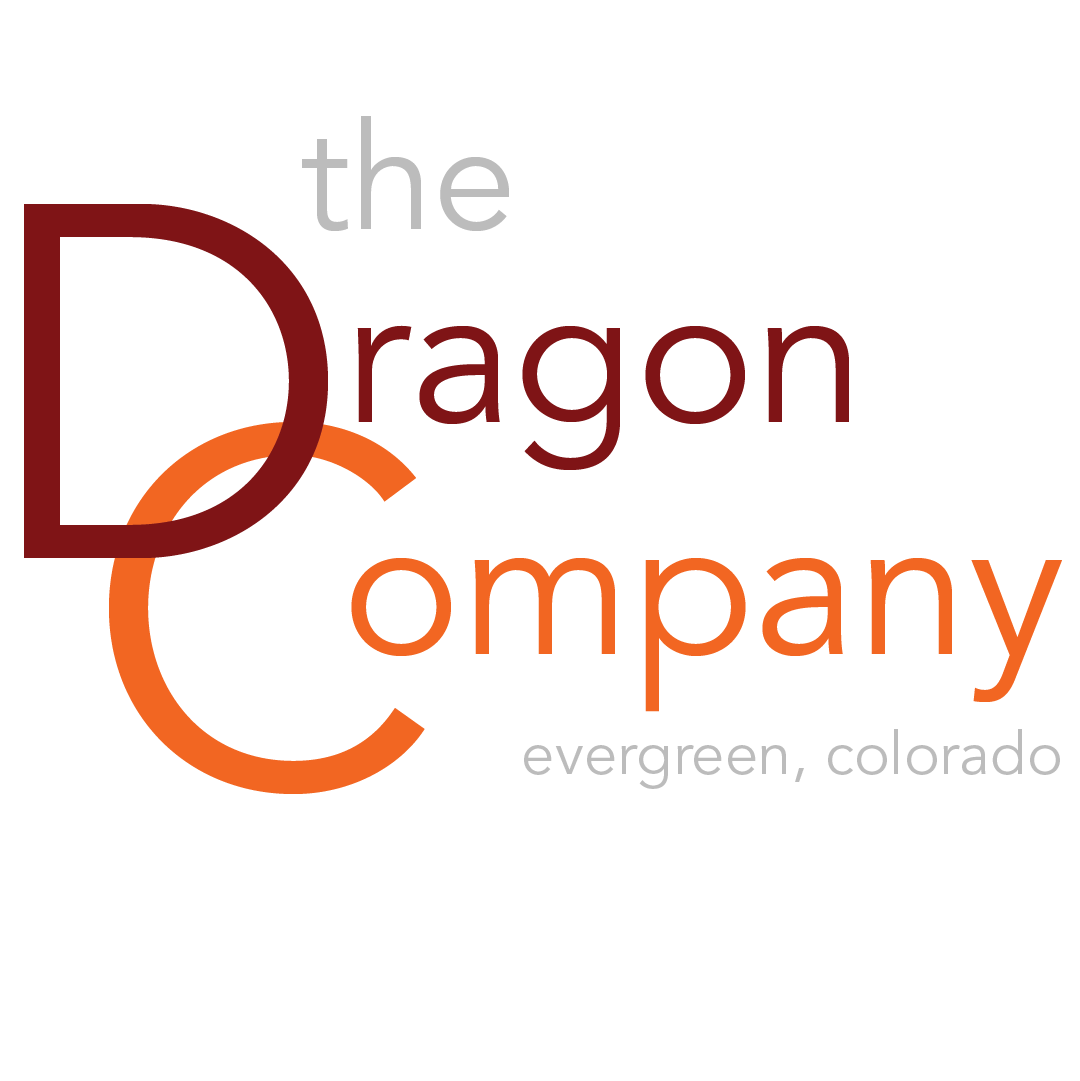404 Error - File Not Found

Sorry about that!
If you keep getting this error, please contact me.
Thanks,
Keith

If you keep getting this error, please contact me.
Thanks,
Keith